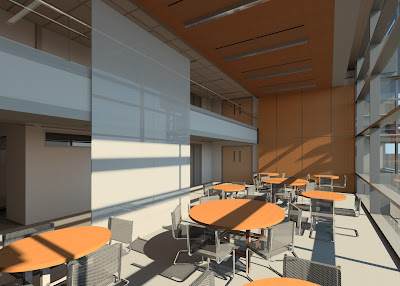The intention behind Revit, or BIM, or any 3D modeling program is that you building the building in 3D in the computer before you construct anything in the field. The benefits behind this are numerous and include (but aren't limited to): performing clash detection, seeing the true sizes, clearances and other spatial requirements of objects, being able to cut instantaneous sections and see the correlation between Architecture, Structure, and MEP.
Revit (BIM) is not ACAD and requires an entirely new way to think. The traditional ACAD thought process does not work with Revit and is not the correct way to go about putting things together in a model. (I believe the first commandment of working in Revit goes somewhere along the lines of: "BIM is not CAD". The second being "Thou shall not draw lines in the model".)
In my experience of writing curriculum and teaching BIM, implementing it in offices, writing office standards and participating in beta testing of new products, one of the biggest issues with people new to the world of BIM having drafted in CAD for the last 20 years is understanding how it works and what the appropriate thought process is.
Here is a situation recently run across. On an RCP, it appears as if an access panel is meant to be placed into the ceiling adjacent to a mechanical device. This 'access' panel was drawn using all lines. This goes against the 2nd commandment of BIM. The reasons this is the inappropriate way to do things is several.
- It's not an object. Revit doesn't know what it is, how it interacts with the ceiling.
- As a series of individual lines, it cannot be moved easily.
- If you wanted to change the size of all hatches, you would need to go to each one an individually change its size.
- Since it's not an object, Revit (with the help of Navisworks or QTO) cannot tell you how many exist in the project
- It will not show up in section cuts of the ceiling, you will need to draw it into any section cuts
- Lines can behave unpredictably when moved.
- It cannot be given a keynote as an object, linked to a spec section, or be identified by a manufacturer or model number in the model
- It probably took longer to draw each of those lines than it would have been to find an appropriate access panel family, or to create one
- Ninth: If this was a family, each of the previous 5 issues would not be a problem.









